Home>Articles>What Is The Warm Temperature On A Electric Skillet
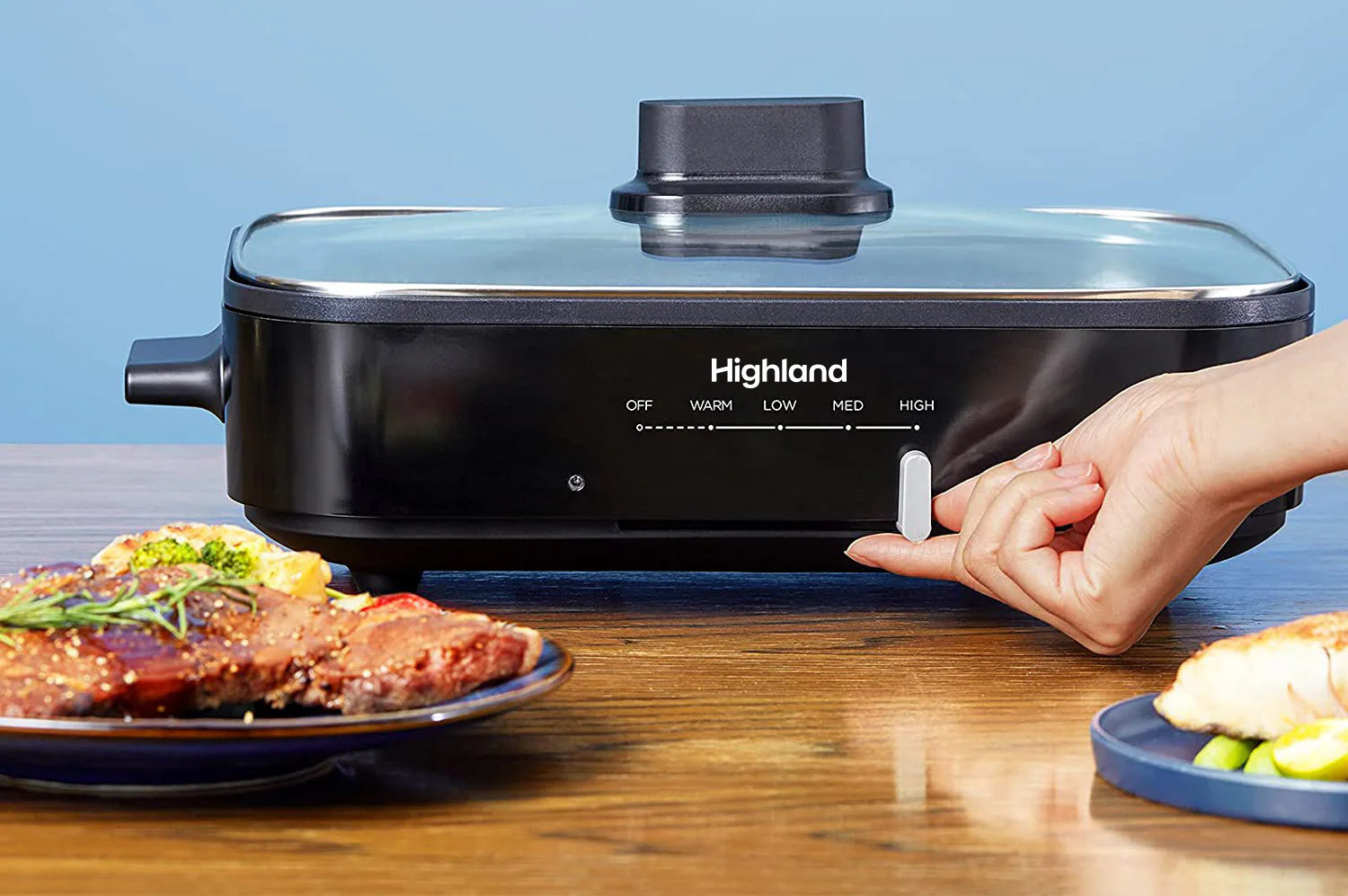

Articles
What Is The Warm Temperature On A Electric Skillet
Modified: December 6, 2023
Discover the ideal warm temperature on an electric skillet with informative articles. Expand your cooking skills and achieve perfect results every time.
(Many of the links in this article redirect to a specific reviewed product. Your purchase of these products through affiliate links helps to generate commission for Storables.com, at no extra cost. Learn more)
Introduction
Welcome to the world of electric skillets! These versatile kitchen appliances have revolutionized the way we cook, providing convenience and efficiency in our daily culinary endeavors. One essential feature of electric skillets is temperature control, allowing us to cook our favorite dishes with precision. In this article, we will explore the concept of warm temperature on electric skillets and its significance in creating delectable meals.
Electric skillets offer a wide range of temperature settings, each serving a specific purpose in the cooking process. From high heat for stir-frying to low heat for simmering, these appliances provide flexibility for various cooking techniques. However, the warm temperature setting holds a special place in the culinary world, acting as a gentle heat source to keep cooked food warm until it’s ready to be served.
Understanding the warm temperature on electric skillets is crucial for every home cook or professional chef. By harnessing this optimal heat range, we can maintain the flavor, texture, and overall integrity of our dishes. So, let’s dive deeper into this topic and uncover the secrets of achieving the perfect warm temperature on electric skillets.
Key Takeaways:
- Embrace the warm temperature setting on your electric skillet to keep dishes deliciously warm without compromising flavor, texture, or moisture, impressing family and friends with delectable meals.
- Achieve culinary success by mastering the art of maintaining the perfect warm temperature on your electric skillet, ensuring food safety, versatility, and stress-free meal preparation.
Understanding Electric Skillets
Electric skillets, also known as electric frying pans or electric griddles, are portable cooking appliances that are extremely convenient and versatile in the kitchen. They consist of a flat, non-stick cooking surface powered by electricity, eliminating the need for a stovetop or oven. Electric skillets come in various shapes and sizes, offering ample cooking space for preparing a wide range of meals.
These modern kitchen appliances provide consistent and even heat distribution, ensuring that food cooks thoroughly and evenly. The temperature control feature on electric skillets allows users to adjust the heat precisely to suit different cooking techniques and recipes. With temperature settings ranging from low to high, they offer the flexibility to sauté, sear, fry, bake, or even slow cook.
Electric skillets are designed with convenience in mind. They often feature removable temperature controls, making it easier to clean the cooking surface and store the appliance. Some models also come with non-stick interiors, reducing the need for excessive oil or butter during cooking and ensuring effortless food release.
One of the major advantages of electric skillets is their portability. Unlike traditional stovetops or ovens, electric skillets can be used anywhere there is an electrical outlet. This makes them ideal for camping trips, dorm rooms, or any location where a full kitchen setup might be lacking.
Whether you’re a beginner cook or an experienced chef, electric skillets can greatly simplify the cooking process. With their temperature control feature and versatility, these appliances make it easy to experiment with different recipes and achieve consistent results.
Now that we have a basic understanding of electric skillets, let’s explore the importance of temperature control on these appliances in the next section.
Importance of Temperature Control on Electric Skillets
Temperature control is a critical aspect of cooking, and it plays a significant role when using electric skillets. The ability to adjust and maintain the desired temperature is essential in achieving perfectly cooked meals.
One of the key benefits of temperature control on electric skillets is precision. Different dishes require specific temperature ranges to achieve optimal results. Whether you’re searing a steak, simmering a sauce, or baking pancakes, being able to set the right temperature ensures that you have control over the cooking process.
In addition, precise temperature control helps to prevent food from burning or becoming undercooked. Electric skillets evenly distribute heat, reducing the risk of hot spots that can lead to uneven cooking. This ensures that your food is cooked thoroughly and to your desired level of doneness.
Another advantage of temperature control on electric skillets is the ability to adapt to various cooking techniques. From high heat for searing and stir-frying to low heat for gentle simmering and warming, having different temperature options allows you to execute a wide range of recipes with ease.
Temperature control also plays a crucial role in food safety. It helps to ensure that meat and poultry are cooked to the appropriate internal temperature, eliminating the risk of foodborne illnesses. Additionally, it allows you to maintain a safe temperature when keeping cooked food warm before serving.
Moreover, temperature control helps to conserve energy. By setting the electric skillet to the desired temperature and avoiding unnecessary high heat, you can cook efficiently and reduce energy consumption. This saves both time and money in the long run.
Overall, temperature control on electric skillets is essential for achieving culinary success. It empowers you to cook with precision, adapt to different cooking techniques, ensure food safety, and conserve energy. Now that we understand the importance of temperature control, let’s explore the concept of warm temperature on electric skillets in the next section.
Defining Warm Temperature on Electric Skillets
When we talk about the warm temperature setting on electric skillets, we’re referring to a gentle and low heat level that keeps cooked food warm without further cooking or drying it out. It’s a temperature range specifically designed to maintain the temperature of prepared dishes until they are ready to be served.
The warm temperature setting on electric skillets typically ranges from 150°F (65°C) to 200°F (93°C). This temperature range is ideal for achieving the perfect balance of warmth without overcooking or compromising the quality of the food.
Unlike high heat settings that are used for searing or frying, and low heat settings for simmering or gentle cooking, the warm temperature setting is meant to keep cooked food at an ideal serving temperature. This is especially useful when you are preparing large meals, hosting gatherings, or need to keep food warm for an extended period.
The warm temperature setting on electric skillets is incredibly versatile and can be used for a wide variety of dishes. You can use it to keep roasted meats, casseroles, vegetables, rice, or any other cooked dishes warm without worrying about them becoming overcooked or losing their moisture.
It’s important to note that even though the warm temperature setting is relatively low, it still poses some slight cooking potential. Some delicate foods, like fish or certain vegetables, may continue to cook slightly when left on the warm setting for an extended time. Therefore, it’s essential to monitor the time spent on the warm setting to ensure that the desired doneness of the food is maintained.
In summary, the warm temperature setting on electric skillets provides a gentle and low heat level to keep cooked food warm until it is ready to be served. It helps maintain the temperature of dishes without overcooking or drying them out, making it a valuable tool for serving delicious and piping-hot meals.
When using an electric skillet, the warm temperature setting is typically around 250-275°F (120-135°C). This is ideal for keeping food warm without overcooking it.
Factors Affecting the Warm Temperature on Electric Skillets
Several factors can influence the warm temperature on electric skillets, making it important to understand how these variables can impact the final temperature of your food. By considering these factors, you can achieve the perfect warm temperature for your dishes.
1. Temperature Settings: Electric skillets come with adjustable temperature controls that allow you to set the desired level of heat. However, it’s important to note that the markings on the temperature dial may not always correspond exactly to the actual temperature inside the skillet. It’s advisable to use a food thermometer to verify the actual temperature and adjust accordingly.
2. Its Size and Shape: The size and shape of the electric skillet can affect the warm temperature as well. A larger skillet may distribute heat differently than a smaller one, while a skillet with a higher sidewall may trap heat and affect the overall temperature inside. Experimentation and familiarity with your specific electric skillet will help you determine the ideal warm temperature setting.
3. Cooking Surface Material: Electric skillets often have non-stick cooking surfaces made of materials like ceramic or Teflon. These materials can impact the way heat is conducted and distributed. Some materials may have a faster response time to heat changes, while others may retain heat for longer periods. Understanding the characteristics of your skillet’s cooking surface will help you better control the warm temperature.
4. Environmental Factors: The surrounding environment can also affect the warm temperature on electric skillets. For example, a drafty kitchen or a cold countertop can cause the skillet to lose heat more quickly, requiring you to adjust the temperature setting accordingly. On the other hand, a warm environment may cause the skillet to retain heat more effectively.
5. Lid Usage: Using a lid while keeping food warm in an electric skillet can help retain heat and ensure a more even temperature. The lid traps heat, creating a mini-oven effect and preventing heat loss. By using a lid, you can maintain the warm temperature more consistently.
6. Food Quantity and Density: The quantity and density of the food being kept warm also impact the warm temperature. If you have a large amount of food packed tightly in the skillet, it may take longer for the heat to penetrate and warm the food thoroughly. It’s important to consider the volume and density of the food and adjust the temperature setting accordingly.
By understanding and considering these factors, you can make educated adjustments to achieve the perfect warm temperature for your dishes on an electric skillet. It may require some trial and error, but with practice, you’ll be able to master the art of keeping your meals warm and delicious.
Benefits of Using the Warm Temperature Setting on Electric Skillets
The warm temperature setting on electric skillets offers a range of benefits that make it a valuable tool in the kitchen. Let’s explore some of the advantages of using the warm temperature setting on electric skillets:
1. Keeps Food Warm and Ready to Serve: The primary benefit of the warm temperature setting is that it keeps cooked food at an ideal serving temperature. Whether you’re hosting a dinner party, a potluck, or simply preparing a meal ahead of time, the warm temperature helps ensure that your dishes are ready to be served whenever your guests are.
2. Retains Flavor and Moisture: When food is kept warm at the right temperature on an electric skillet, it retains its flavors and moisture. Unlike placing food in the microwave or oven, which can dry out the texture and alter the taste, the gentle heat of the warm temperature setting preserves the integrity of your dishes, ensuring they stay delicious and appealing.
3. Prevents Overcooking: The warm temperature setting allows you to keep food warm without the risk of overcooking. It provides a gentle and constant heat that maintains the ideal serving temperature without further cooking the food. This is particularly useful when you have timing constraints or need to keep food warm for extended periods.
4. Versatile for Multiple Dishes: The warm temperature setting is versatile and suitable for a wide variety of dishes. From main courses to side dishes and even desserts, you can use the warm temperature setting to keep a range of foods warm and ready to be enjoyed. It’s especially practical when you’re serving a buffet-style meal or when you have multiple courses to serve.
5. Reduces Stress and Prep Time: By utilizing the warm temperature setting, you can prepare dishes in advance, reducing stress and saving time when it comes to serving meals. It allows you to focus on other tasks or attend to your guests, knowing that your food will remain warm and ready to enjoy whenever you’re ready to serve.
6. Food Safety: The warm temperature setting on electric skillets also helps maintain food safety standards. Keeping food warm on the skillet prevents bacterial growth and ensures that perishable items remain at a safe temperature until they are served. This is particularly important when hosting events or catering large gatherings.
Overall, the warm temperature setting on electric skillets offers numerous benefits. It keeps food warm and ready to serve, retains flavors and moisture, prevents overcooking, is versatile for various dishes, reduces stress and prep time, and maintains food safety. Understanding how to utilize this setting effectively will enhance your culinary experience and impress your guests with perfectly warm and delicious meals.
Tips for Achieving the Perfect Warm Temperature on Electric Skillets
When it comes to achieving the perfect warm temperature on electric skillets, a few tips and tricks can ensure that your dishes remain deliciously warm without overcooking. Here are some helpful tips to help you achieve the desired result:
1. Preheat the Skillet: Before placing your cooked food on the warm temperature setting, preheat the electric skillet on low or medium-low heat for a few minutes. This will ensure that the skillet is evenly heated and ready to maintain the warm temperature effectively.
2. Use a Food Thermometer: To accurately gauge the temperature of your skillet, use a food thermometer. This will provide you with an exact reading and help you adjust the temperature setting if needed. Insert the food thermometer into the center of the skillet or the food to ensure accurate measurements.
3. Adjust the Temperature Setting: Electric skillets usually have a warm temperature range of 150°F (65°C) to 200°F (93°C). Start with the lowest setting and gradually increase if necessary. Remember to refer to the specific temperature dial markings on your skillet, as they may not always correspond exactly to the actual temperature inside.
4. Use a Lid: When keeping food warm on the skillet, consider covering it with a lid. This will help retain heat and maintain a consistent warm temperature. The lid traps heat and creates a mini-oven effect, preventing heat loss and ensuring that your food stays warm and ready to serve.
5. Stir Occasionally: To ensure even heat distribution and prevent any hot spots, stir your food occasionally while it’s on the warm temperature setting. This will help maintain a consistent warm temperature throughout the dish and prevent any areas from becoming overly warm.
6. Monitor the Time: It’s important to monitor the time your food spends on the warm temperature setting. Different dishes may require different durations to stay warm without overcooking. Keep an eye on the clock and your food’s texture to ensure it remains at the perfect warm temperature.
7. Arrange Food Properly: When placing food on the warm temperature setting, arrange it in an even layer. Avoid overcrowding the skillet, as this can hinder the circulation of heat. If you have a large amount of food, consider using multiple skillets or dividing the food into smaller batches to ensure effective warming.
8. Serve and Enjoy: Once the food has reached the desired warm temperature, it’s time to serve and enjoy! Use appropriate serving dishes or plates that can retain heat to keep your food warm throughout the meal.
By following these tips, you can achieve the perfect warm temperature on your electric skillet, ensuring that your dishes stay delectably warm and ready to be savored. With practice and experimentation, you’ll become adept at harnessing the warm temperature setting to elevate your culinary creations to the next level.
Conclusion
Electric skillets have become indispensable kitchen appliances, allowing us to cook with convenience and precision. Temperature control is a key feature that enables us to achieve the desired results in our culinary endeavors. The warm temperature setting on electric skillets is particularly valuable in keeping cooked food at an optimal serving temperature.
Throughout this article, we have explored the various aspects of the warm temperature on electric skillets. We have learned that the warm temperature setting provides a gentle and low heat level, maintaining the temperature of your dishes without overcooking or compromising their quality.
We have also examined the factors that can affect the warm temperature, such as temperature settings, the skillet’s size and shape, the cooking surface material, environmental factors, lid usage, and the quantity and density of food being warmed. Understanding these factors is essential in achieving the perfect warm temperature for your specific dishes.
The benefits of using the warm temperature setting on electric skillets are numerous. It keeps food warm and ready to serve, retains flavors and moisture, prevents overcooking, offers versatility for multiple dishes, reduces stress and prep time, and ensures food safety.
To achieve the perfect warm temperature on your electric skillet, we shared some valuable tips. Preheating the skillet, using a food thermometer, adjusting the temperature setting, using a lid, stirring occasionally, monitoring the time, arranging food properly, and serving promptly are all key to achieving the desired result.
In conclusion, understanding and utilizing the warm temperature setting on electric skillets allows us to serve meals that are not only warm but also maintain their flavor, texture, and moisture. With practice and experimentation, you can become proficient in using this setting to elevate your culinary creations and impress your family and friends.
So, embrace the warm temperature setting on your electric skillet and enjoy the convenience and delectable results it brings to your cooking adventures. Happy cooking!
Frequently Asked Questions about What Is The Warm Temperature On A Electric Skillet
Was this page helpful?
At Storables.com, we guarantee accurate and reliable information. Our content, validated by Expert Board Contributors, is crafted following stringent Editorial Policies. We're committed to providing you with well-researched, expert-backed insights for all your informational needs.
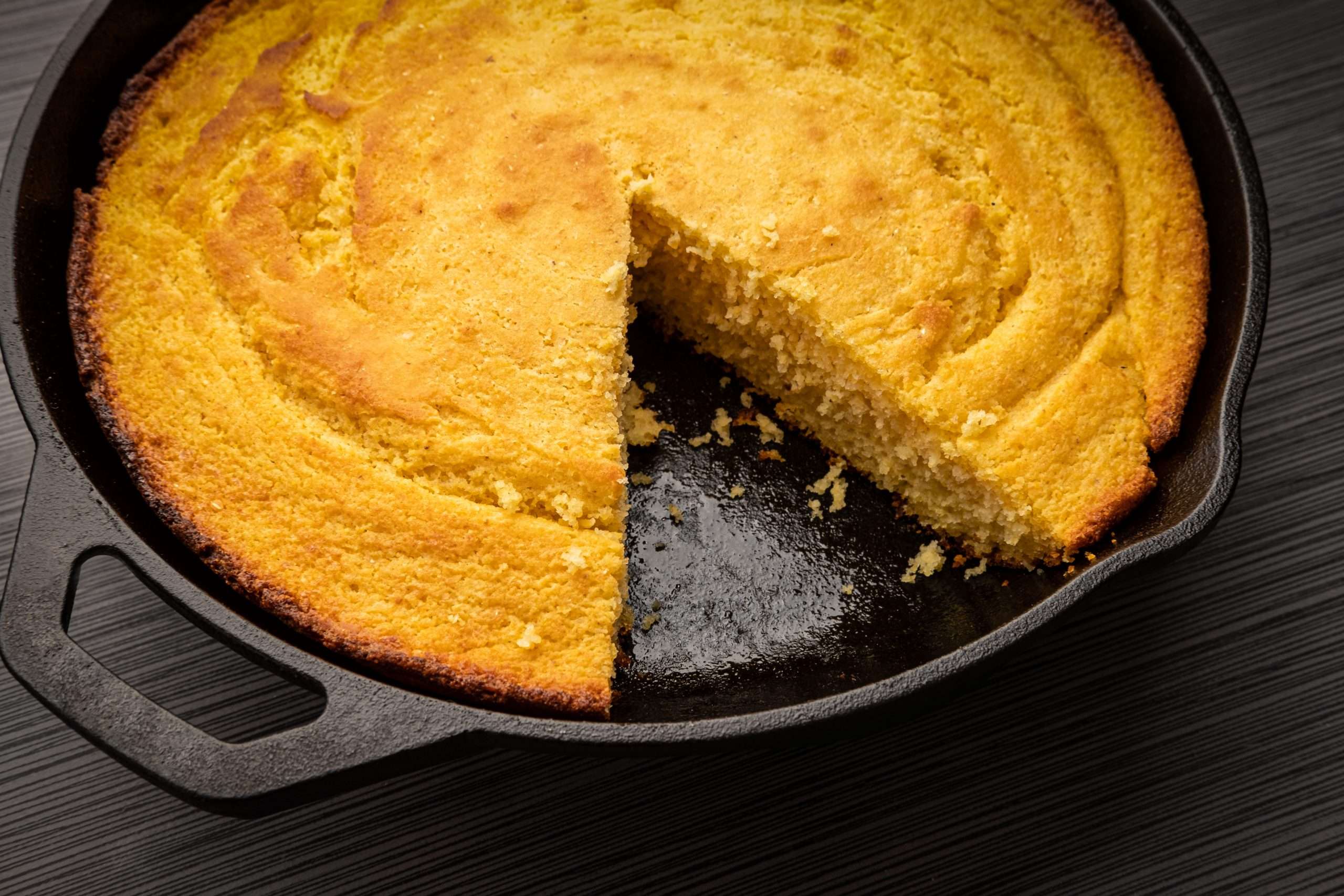
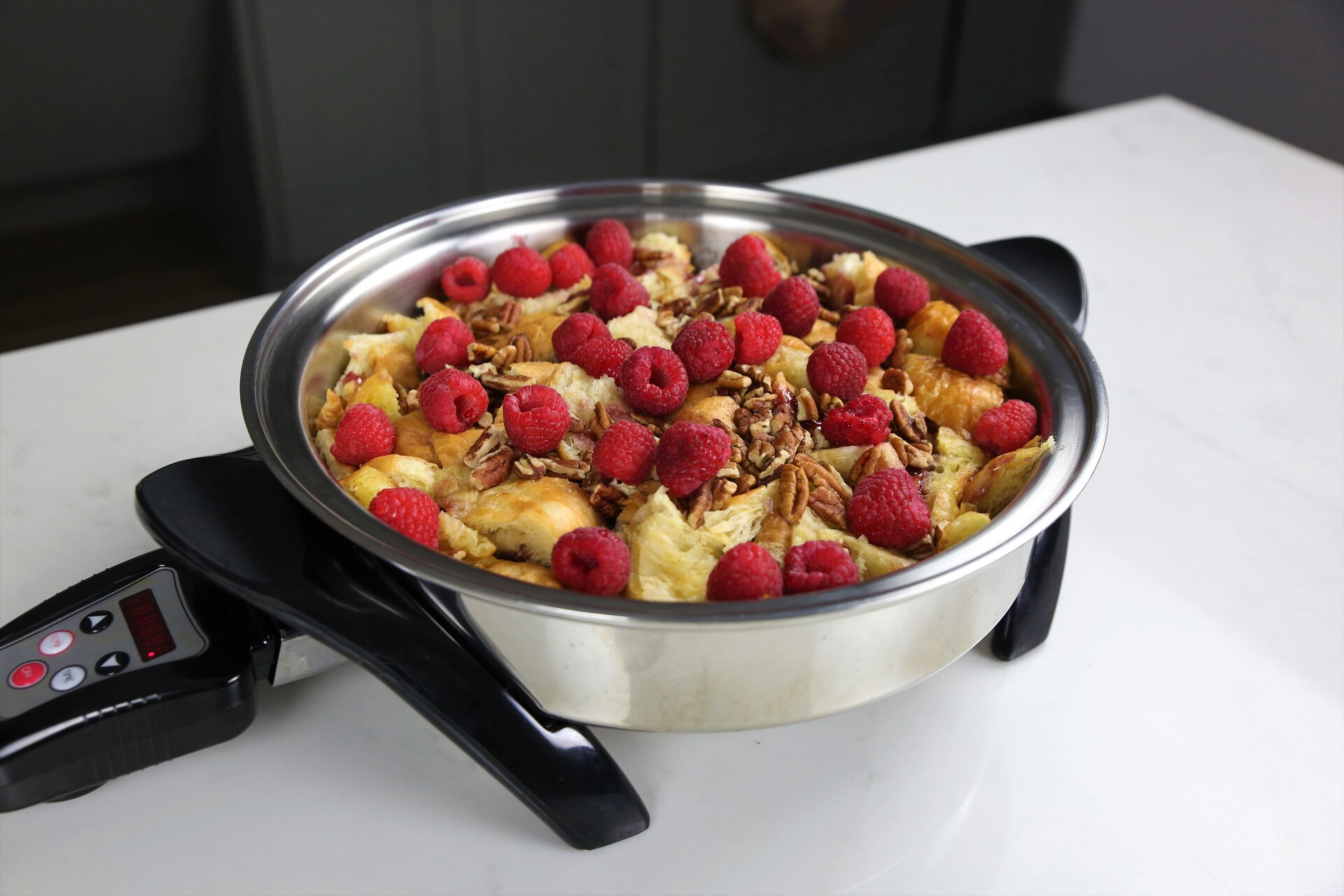
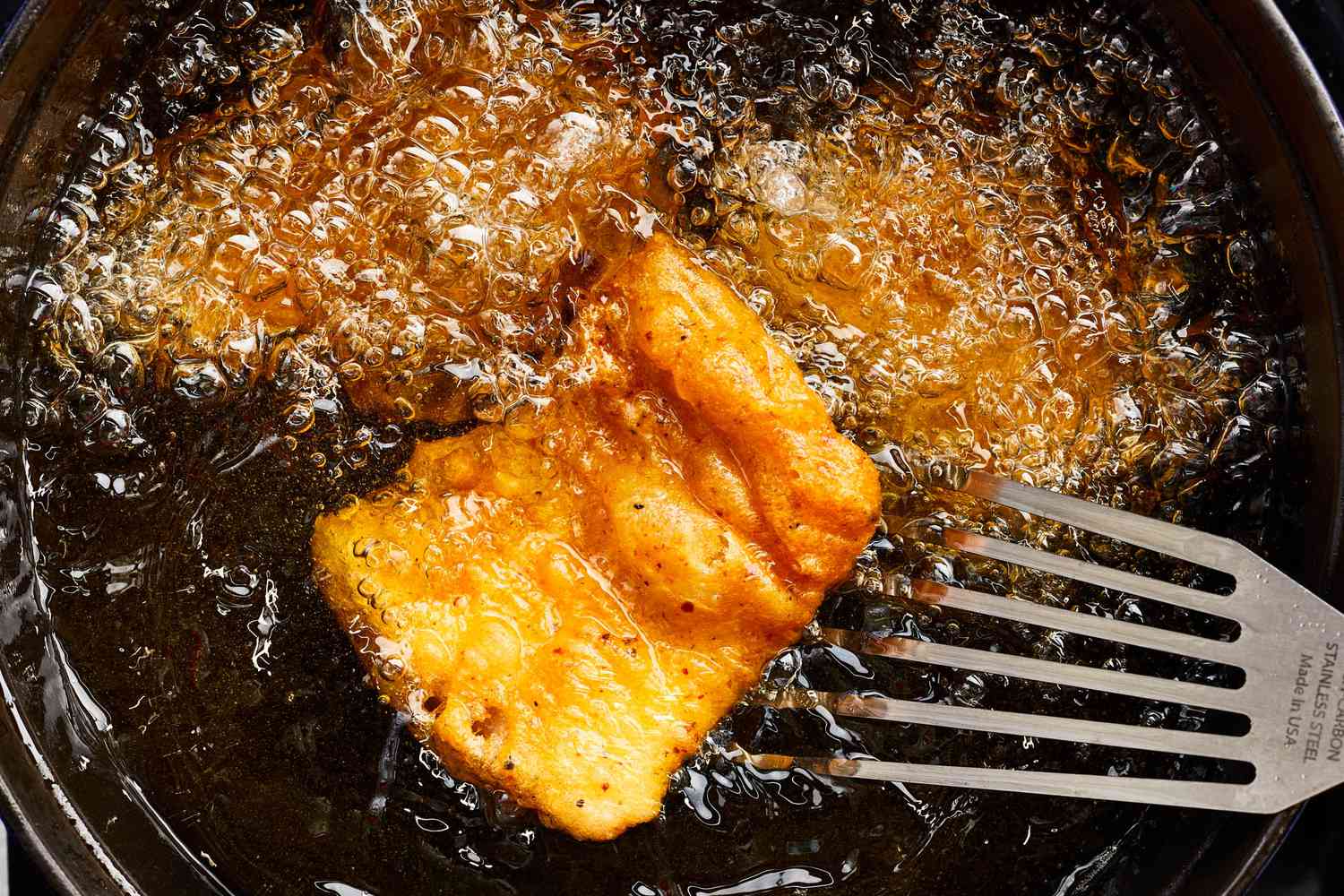
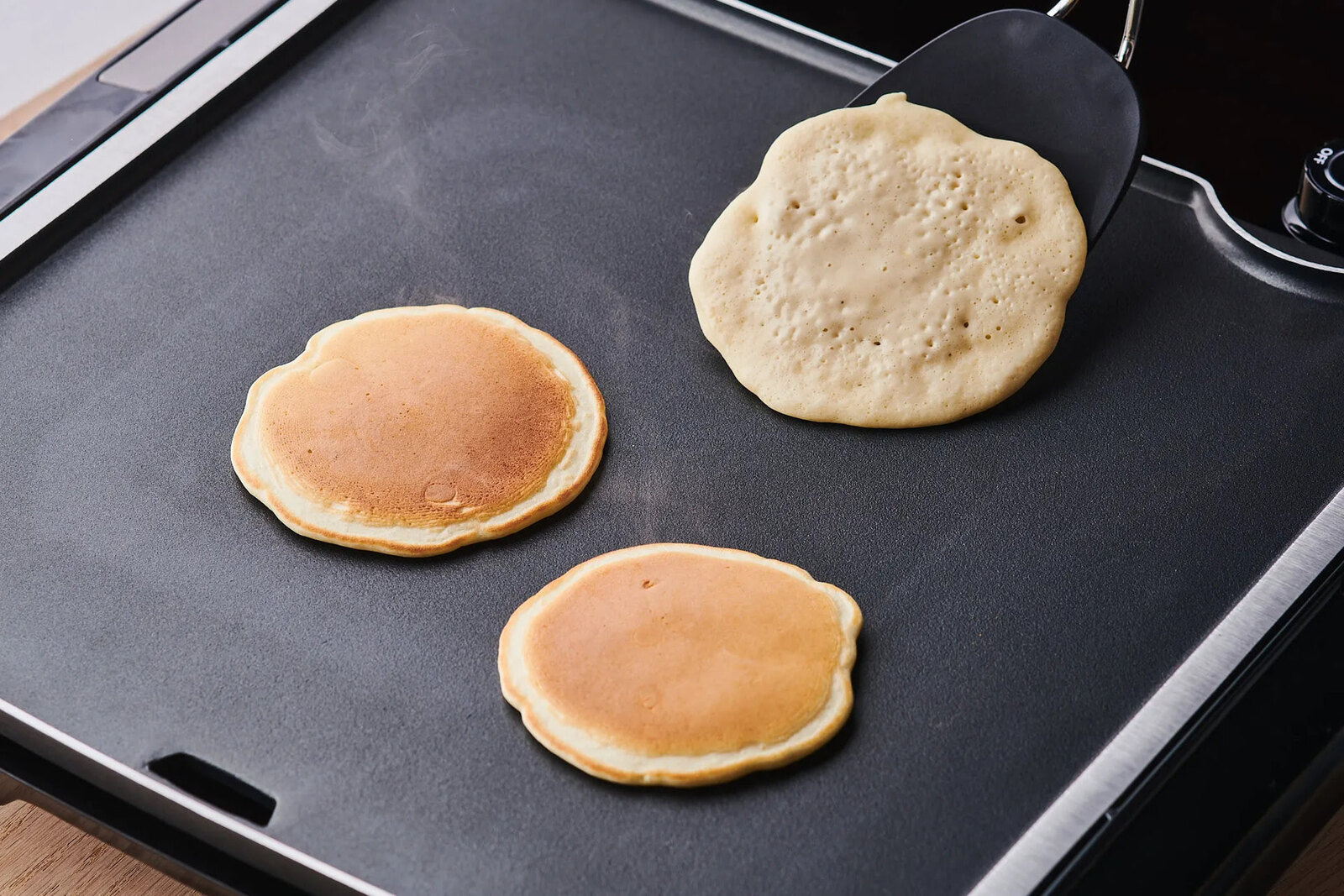
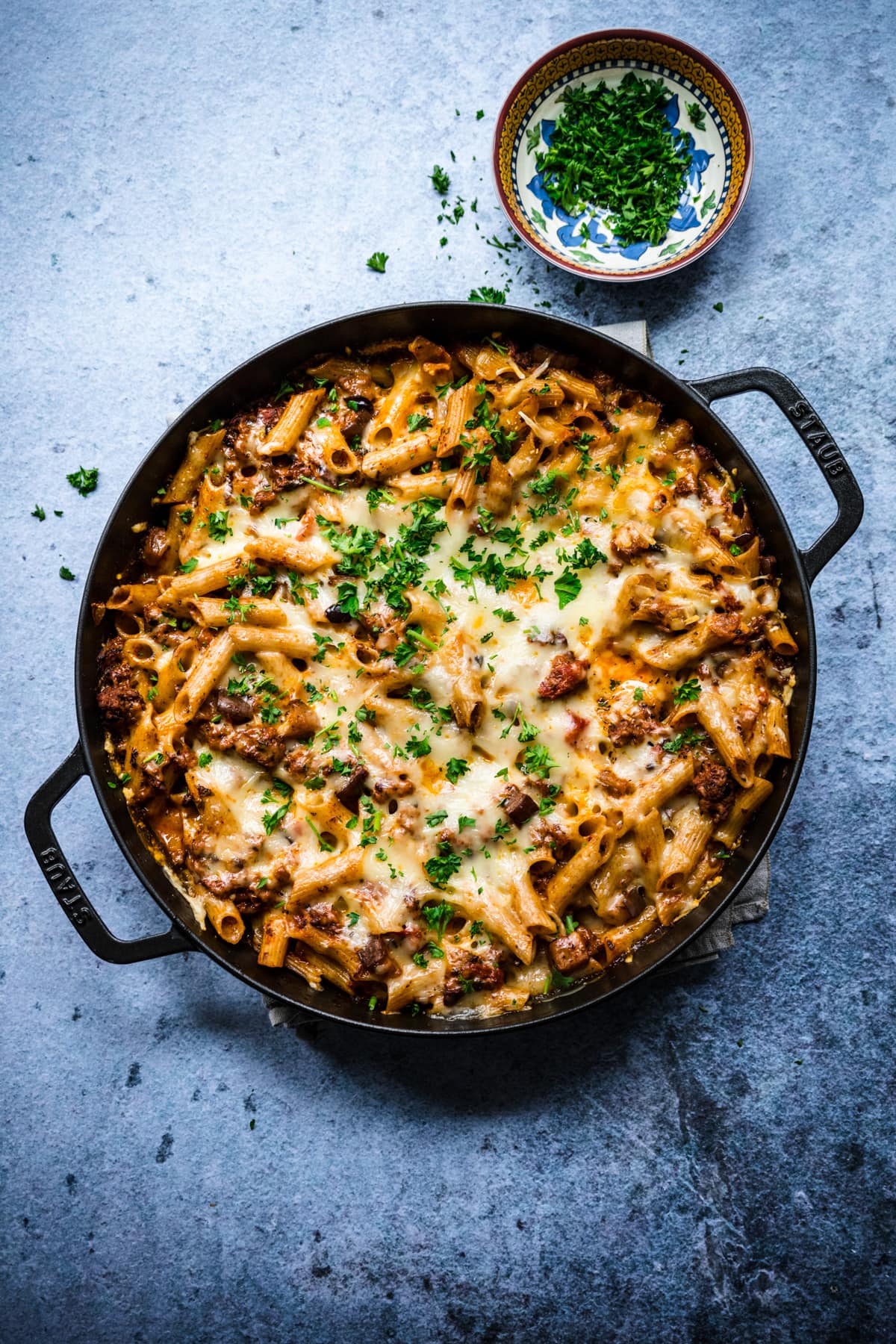
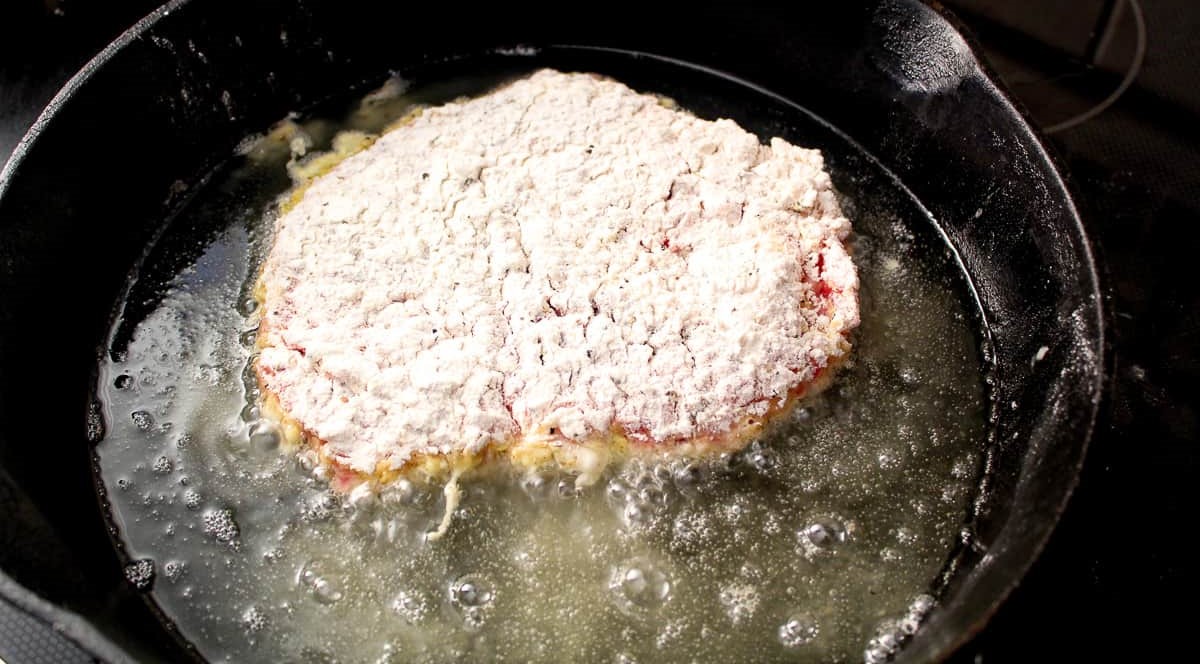
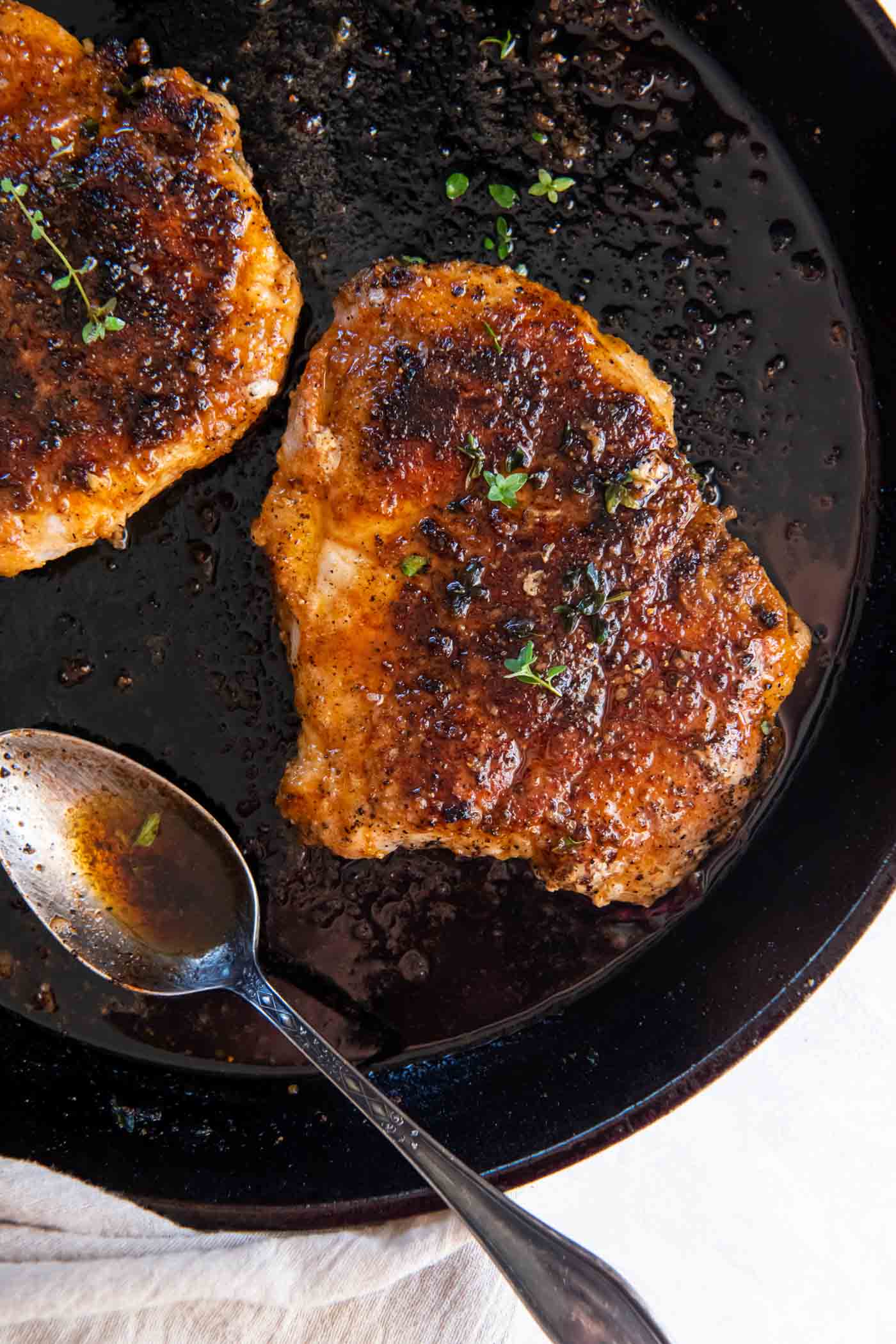
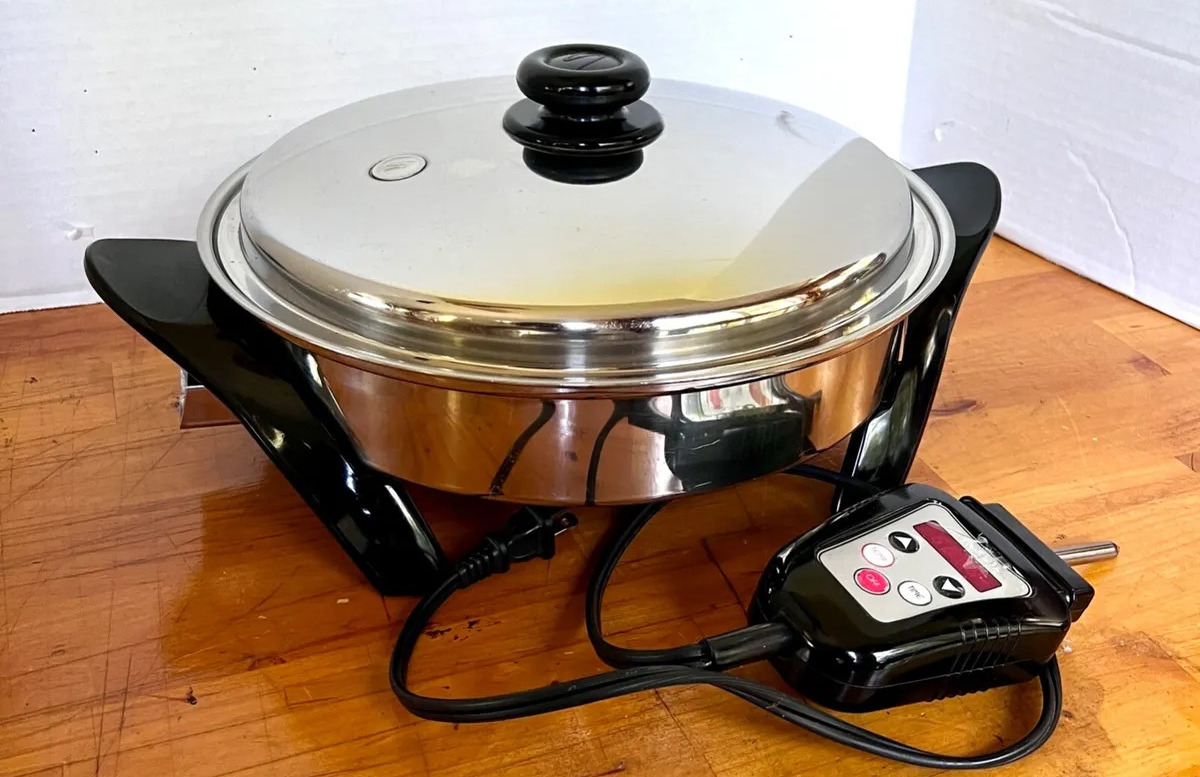
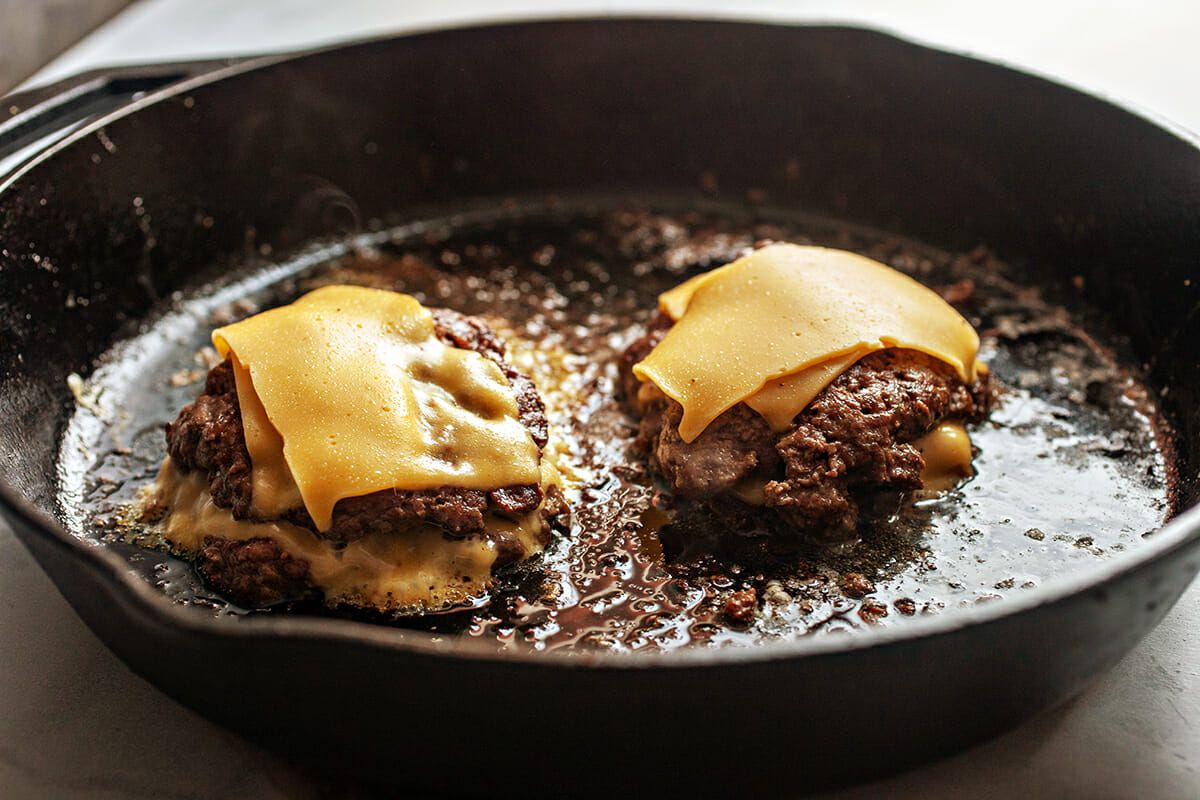
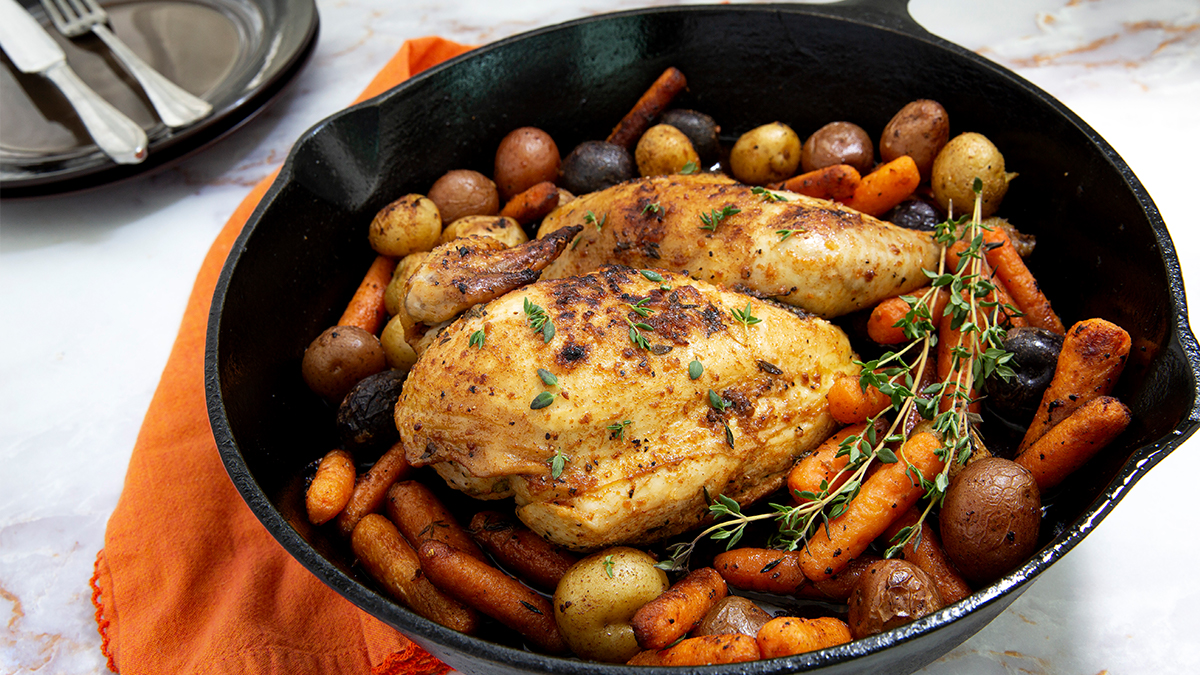
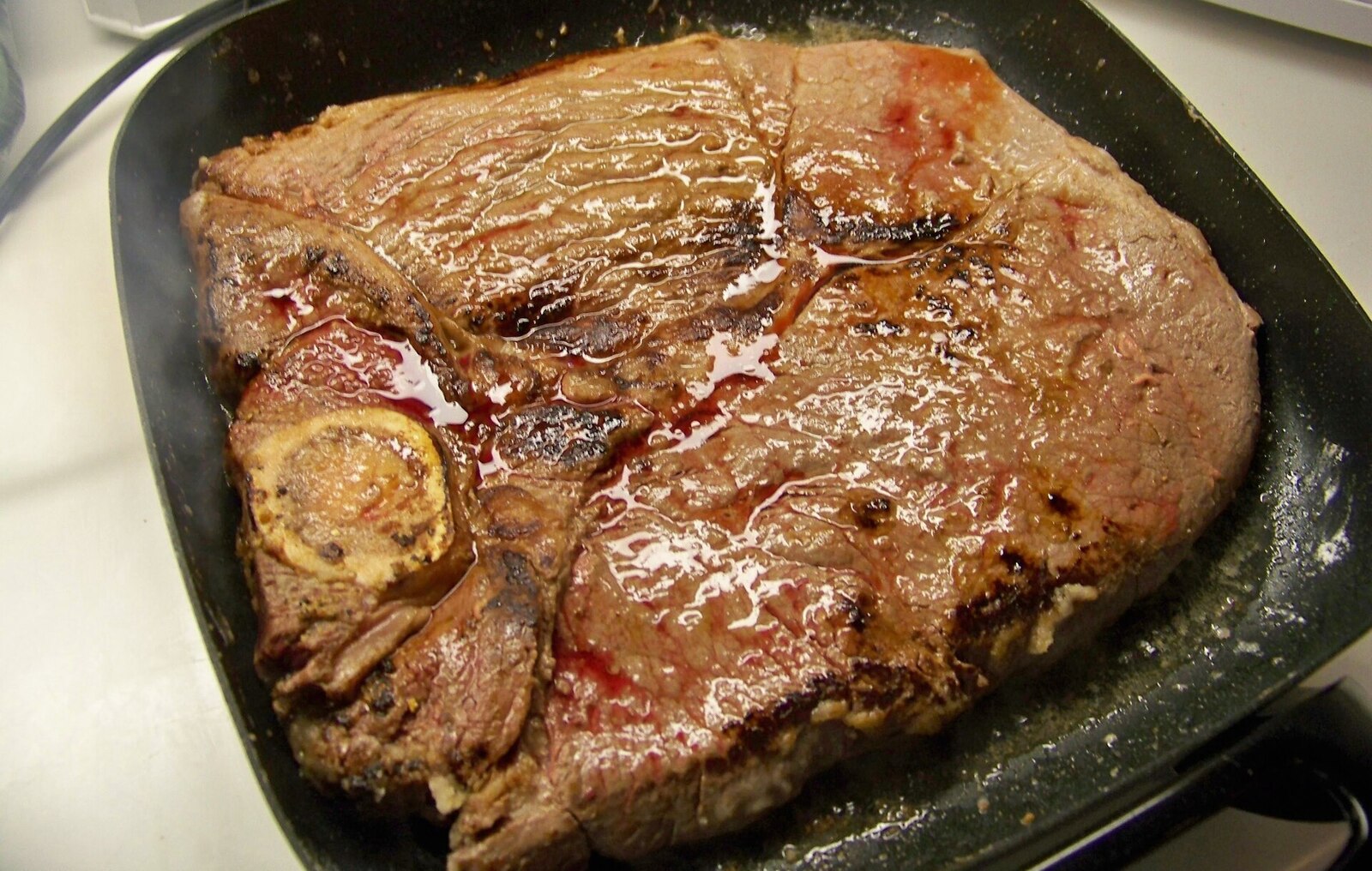
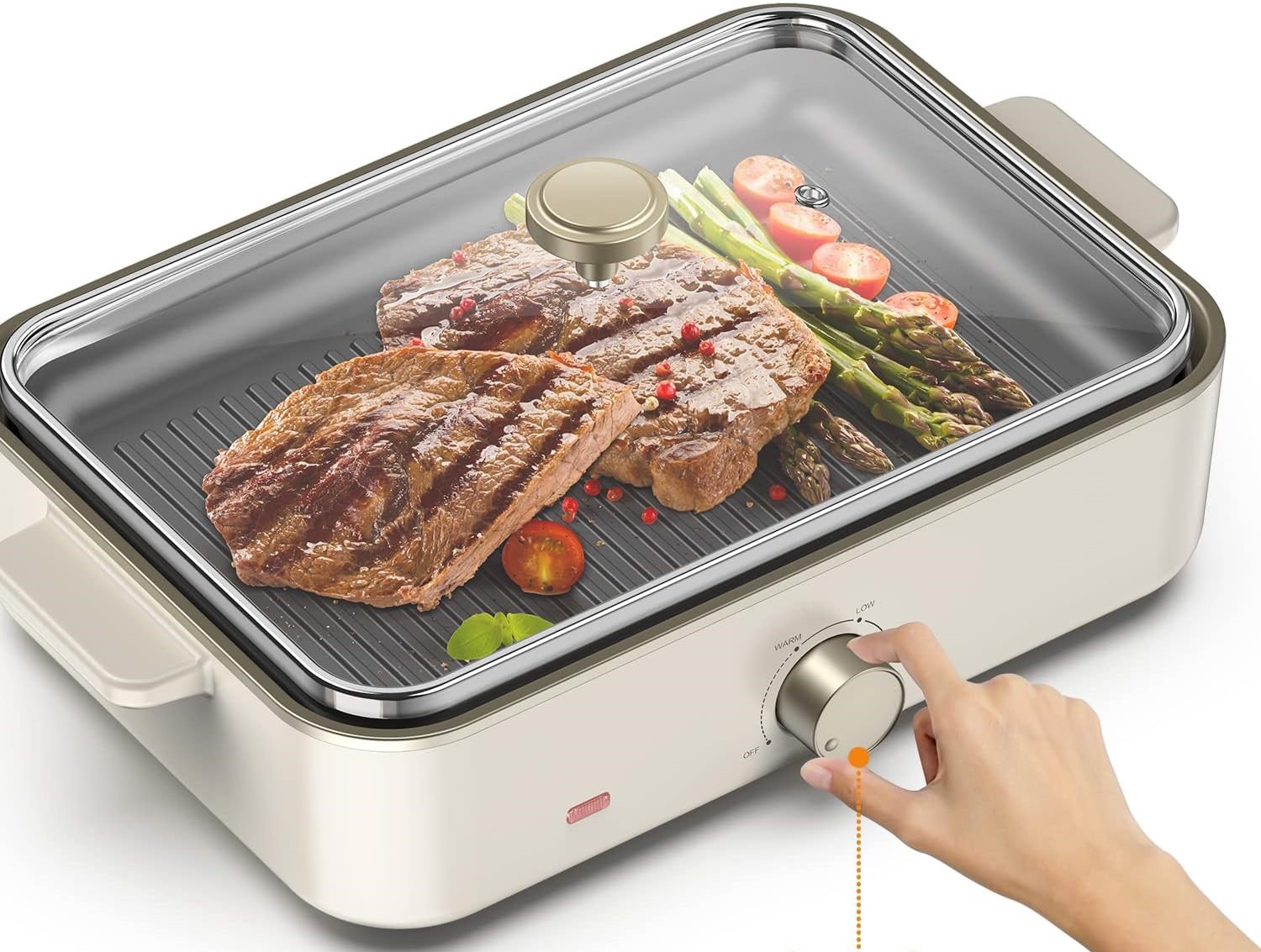
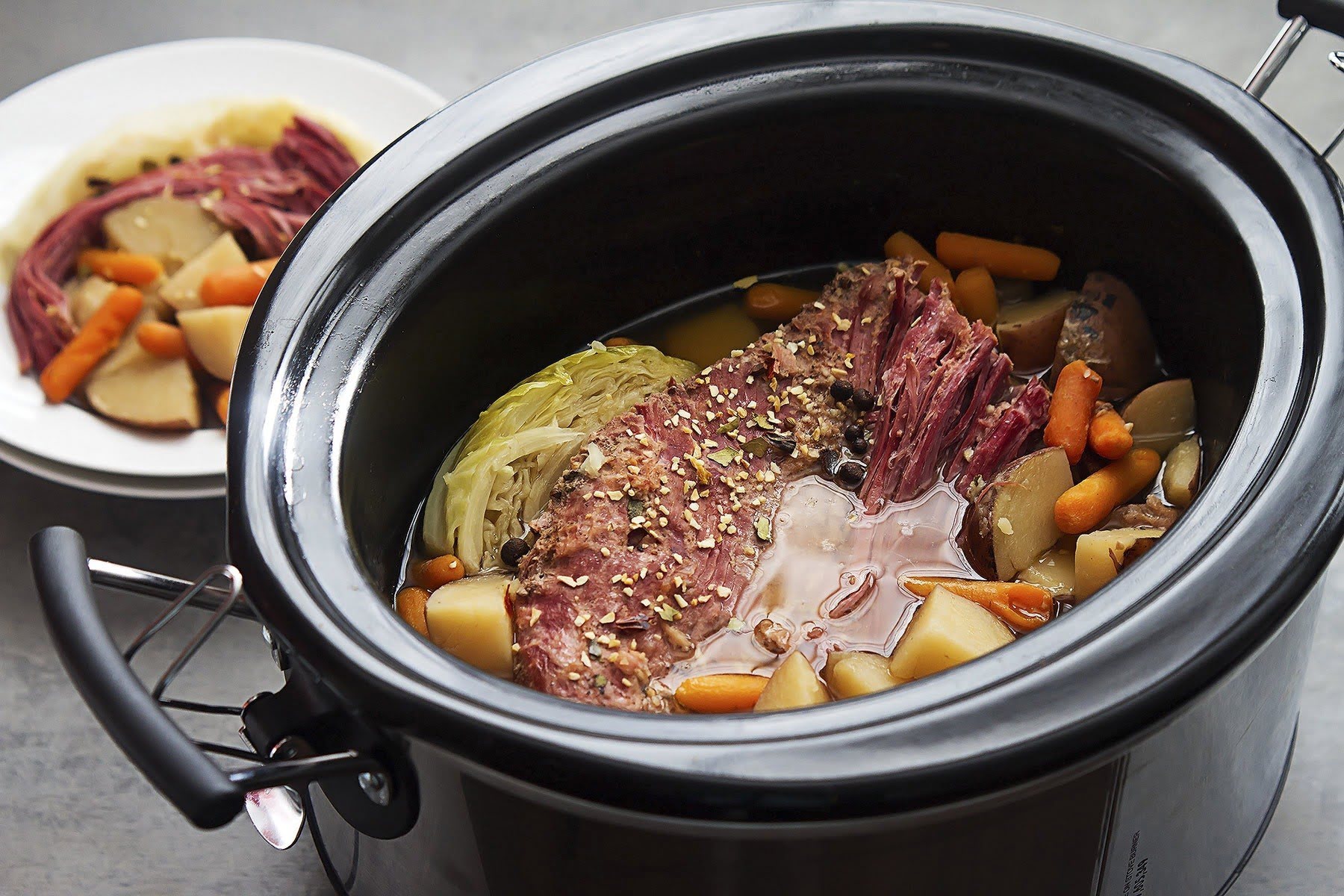
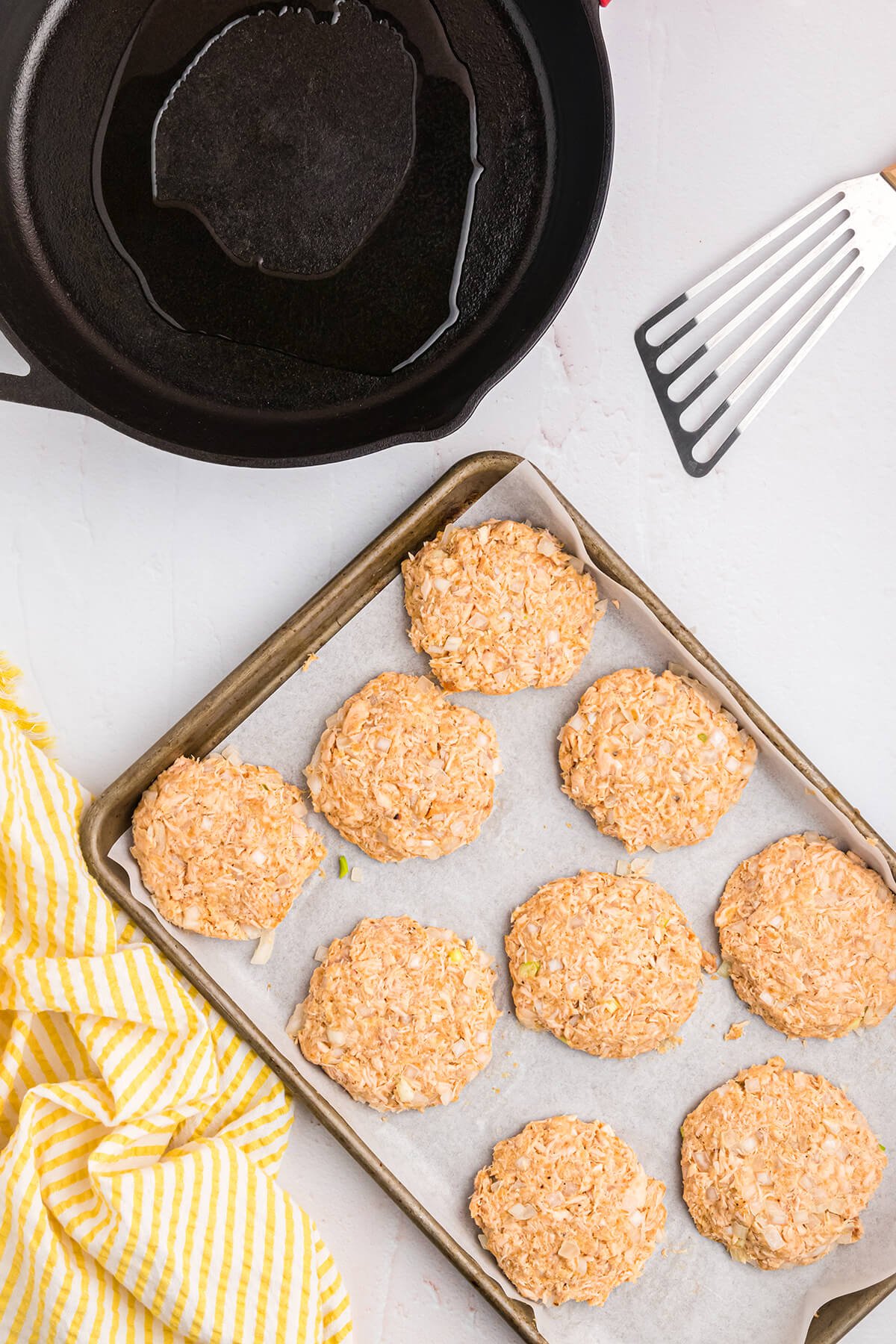

0 thoughts on “What Is The Warm Temperature On A Electric Skillet”